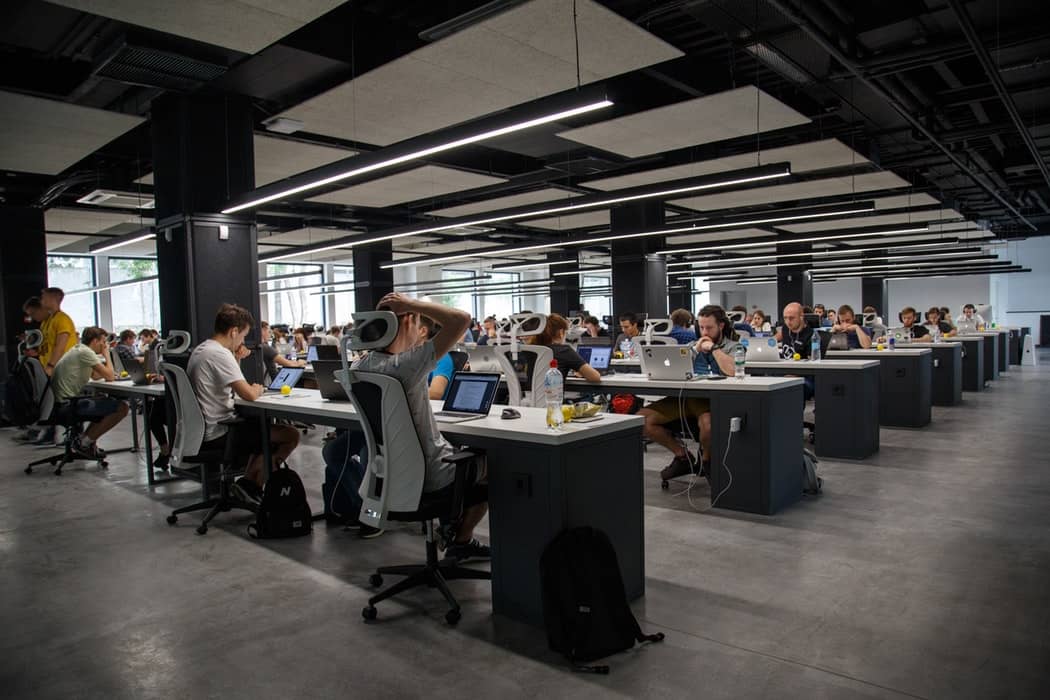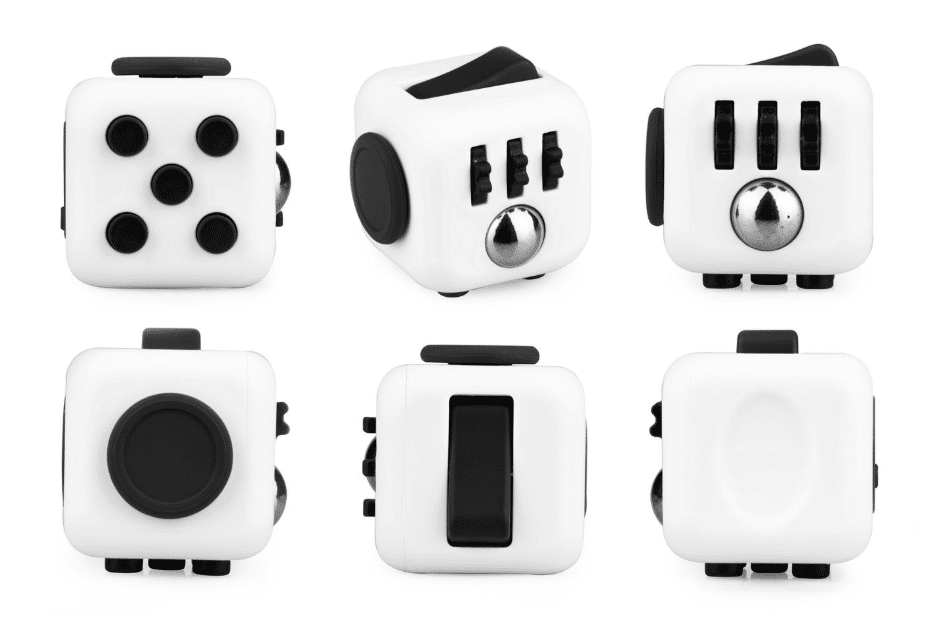Working from home means that you probably have an at-home office. If you do, this means that you probably spend a large majority of your day and office time sitting in your office chair. Sitting is something that adds stress to the different parts of the spine, especially when you have poor posture. This is why it is important to have an office chair that has an ergonomic design and one that supports the lower back. This will promote good posture and will help you to avoid developing or further compounding already existing back problems.
Let’s look at what you need to look at in order to choose the right chair for your home office.
What Kind of Ergonomic Office Chair is Best?
If you are reading this, you likely have an issue with your chair. Look at it. Is it a conventional house chair, or a stylish office chair, that you chose to fit the space? How does it make your back feel? It might be able to do some of the things we are about to list, but if your chair is causing you pain, it is because it can’t do all of the things on this list and it is time to upgrade.
There are many types of ergonomic chairs available for use in the office, but there is no single type of office chair that is necessarily the best. This makes looking for the perfect chair difficult, but luckily, if you read more, there are some things that are more important to look for in a good ergonomic office chair, setting them apart from others. These things allow an individual user to make the chair work well for their specific needs.
Your ergonomic chair should have the following:
Adjustable Seat Height
Office chair seat height should be something that is easily adjustable. A pneumatic lever is the easiest way to do this as it allows you to adjust without much difficulty. About 16 to 21 inches off the floor is a seat height that should work for most people. This allows one to have their feet flat on the floor, with their thighs horizontal and should allow your arms to be even with the height of the desk.
Seat width and depth
The seat should have enough width and depth to comfortably support your legs and lower body. The standard is usually between 17-20 inches wide. From the front to the back of the seat, it needs to be deep enough that the user can sit with their back against the backrest while leaving approximately 2 to 4 inches between the seat and the back of the knees. In addition to this, the forwards and backward tilt of the chair should be adjustable, to align it correctly with your back.
Lumbar support
Lower back support in an ergonomic chair is very important as the spine has an inward curve. When one is sitting down for long periods of time and does not have the support for this curve, it tends to lead to slouching, flattening the natural curve of the spine, and straining the structure of the lower spine. An ergonomic chair should have a lumbar adjustment that can be adjusted along the lines of height and depth so that each user can get the proper fit to support the inward curve of the lower spine.
Also Related – How Bad It Actually Is to Be Sitting Whole Time While Working
Backrest
The backrest of an ergonomic office chair should be around 12 to 19 inches wide. If the backrest is a removable segment of the chair, it should be adjusted in height and angle to be able to support the natural curve of the spine. This again should be done with special attention paid to proper support of the lumbar. If the chair has the seat and backrest combined as one piece, the backrest should be adjustable in both forward and backward angles. A locking mechanism should be present to secure the backrest, ensuring it doesn’t go too far backward once you have determined the appropriate angle.
Seat material
The material of an office chair should have enough padding so that it is comfortable for an extended period of time. Breathable fabric is preferable to a harder material, like thick leather. Save the leather for other pieces of furniture.
Armrests
Armrests should be adjustable so that your arms are able to rest comfortably in a position that leaves your shoulders relaxed. Your elbows and lower arms should rest lightly on them, and your forearm should not be touching the armrest while you are typing.
Swivel
Swivel is something we take for granted. An office chair should swivel so that you don’t strain your neck and can easily look around a space.

There you have it. We hope this has been informative and helps you on your journey to ultimate comfort.




